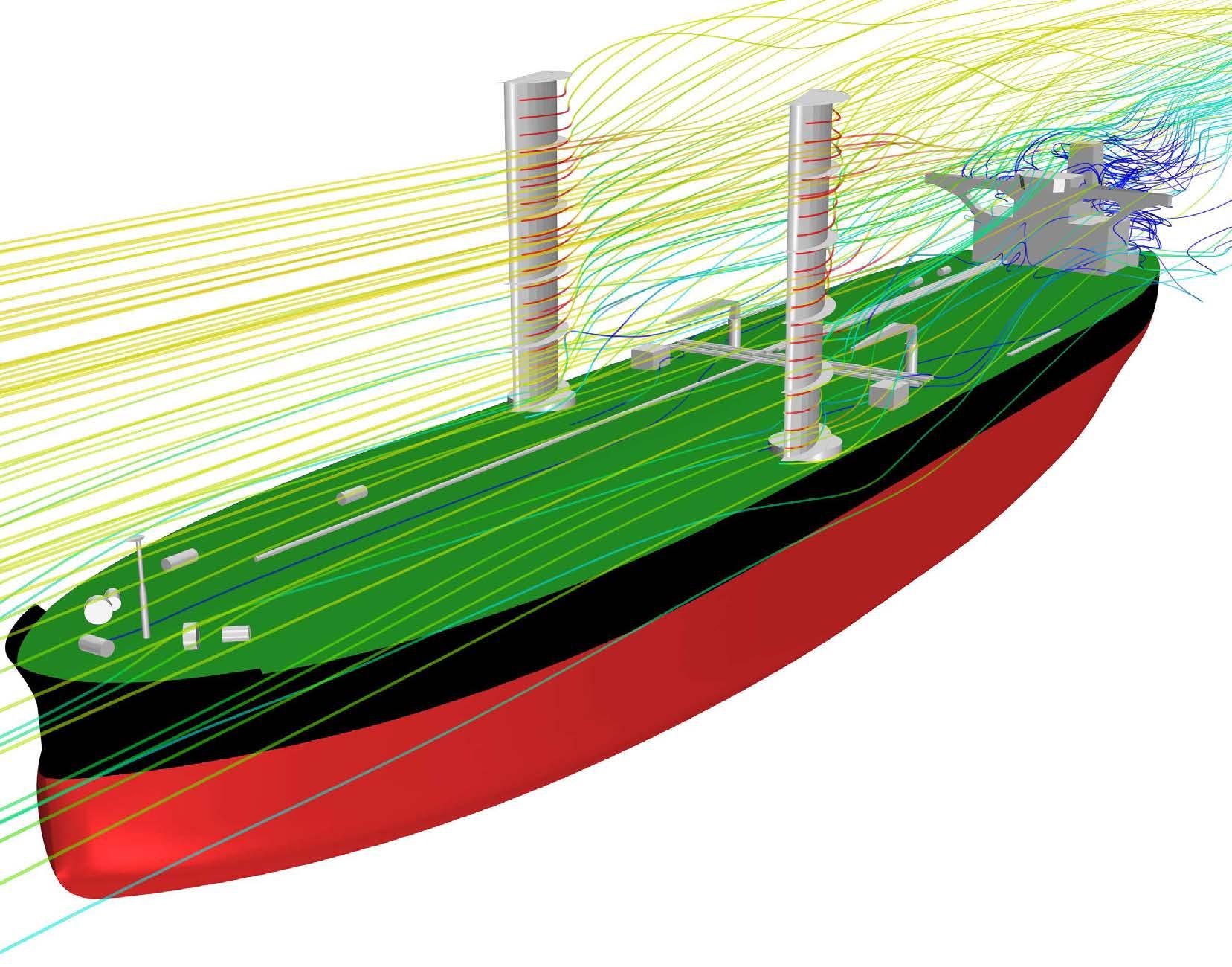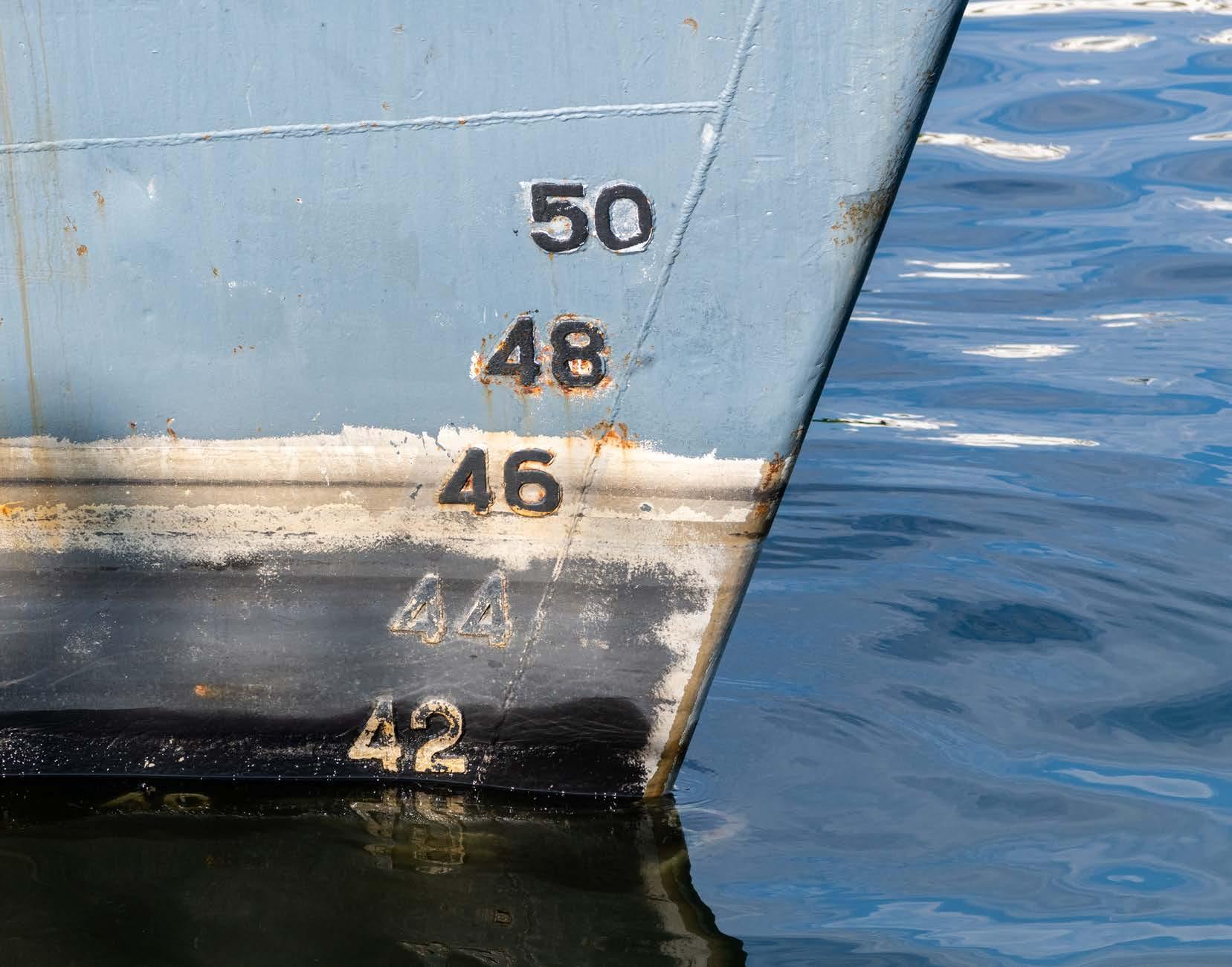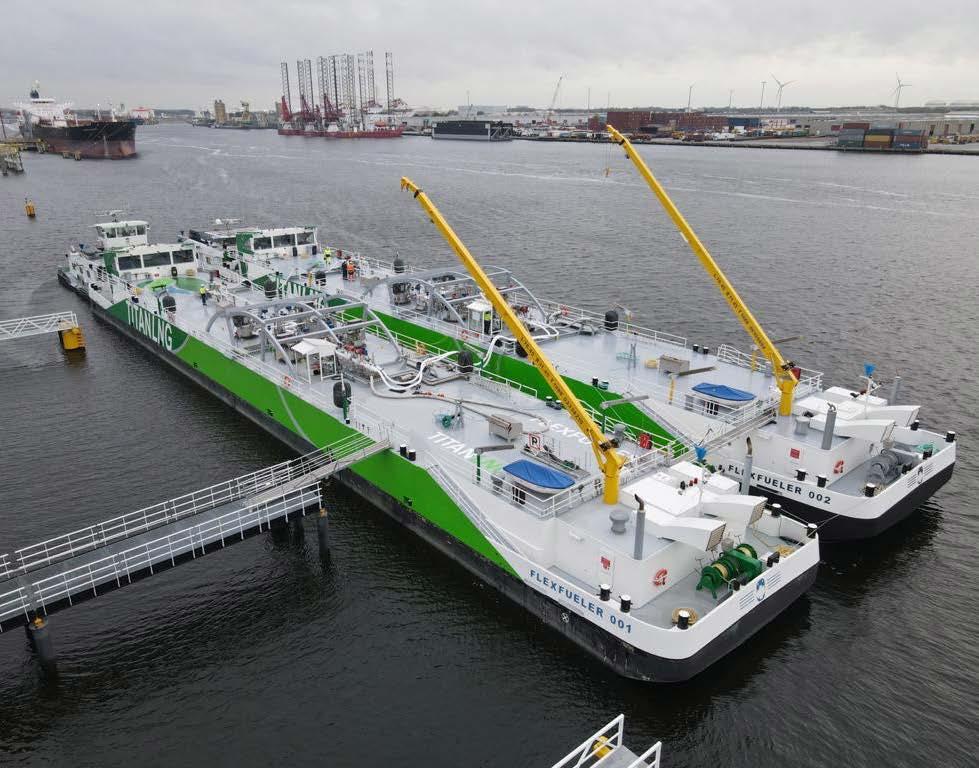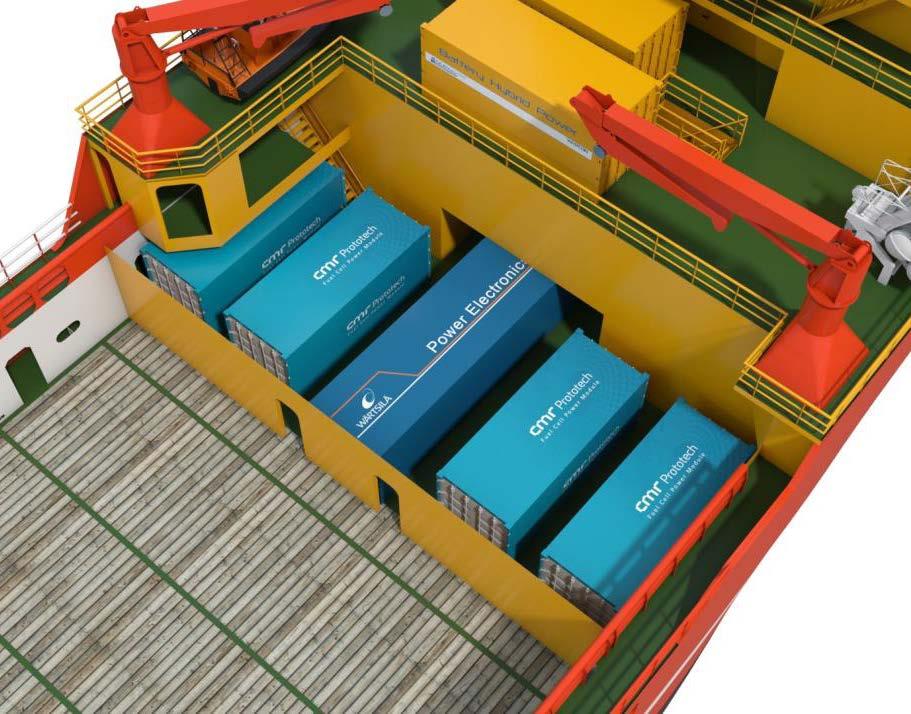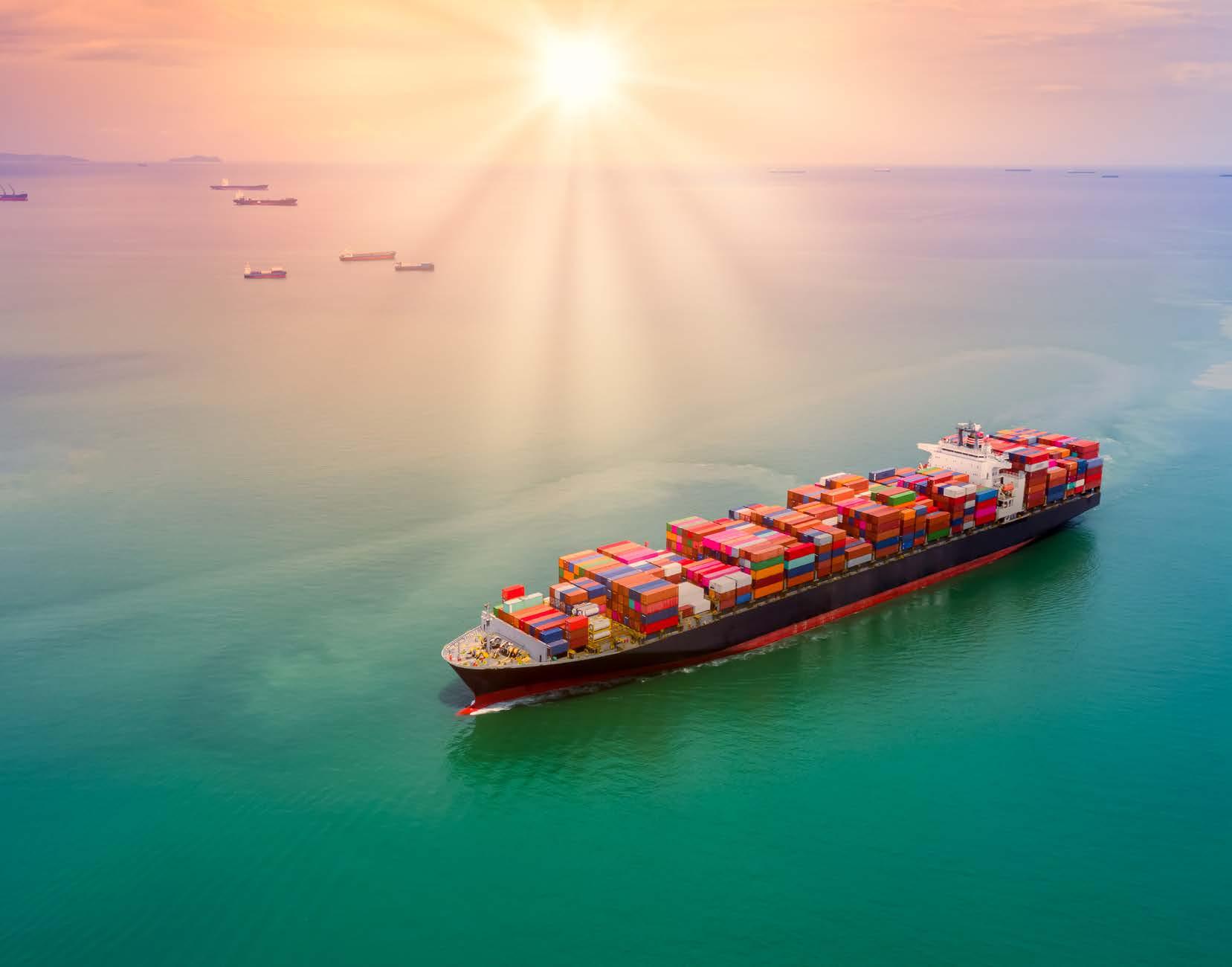11
LEADING EDGE
How has the introduction of the International Maritime Organization’s low sulphur cap fared amid what has been one of the most turbulent years in living memory?
IMO2020: ONE YEAR ON One year on from the introduction of the International Maritime Organization’s (IMO) low sulphur cap (IMO2020), indications are that the transition has been extremely smooth. This is testament to the preparations of all stakeholders prior to the new rules entering into force, the organisation claims. “Through 2020, just 55 cases of 0.5% compliant fuel being unavailable had been reported in IMO’s Global Integrated Shipping Information System (GISIS),” says Roel Hoenders, the IMO’s head of air pollution and energy efficiency.”Given that more than 60,000 ships plied the world’s oceans in trade last year, this was a remarkably low percentage of ships encountering difficulty in obtaining compliant fuel. “We had a great deal of preparation during 2019 and before, from all stakeholders, and all indications are that there have been no significant issues with supply of low sulphur fuel oil.” Even during the covid-19 pandemic, cargo-carrying ships continued to
C L E A N S H I P P I N G I N T E R N A T I O N A L – S p r i n g 2 0 21
deliver goods and commodities, including essential foods and medicines, around the world and the introduction and implementation of IMO2020 did not cause any disruptions in trade. Some ships limited their air pollutants by installing exhaust gas cleaning systems/scrubbers. More than 2,350 systems were formally reported to the IMO as an approved “equivalent method” by flag States administrations. The majority of ships trading worldwide switched from using heavy fuel oil (HFO) to using very low sulphur fuel oil (VLSFO), which were new blends of fuel oil, produced by refineries to meet the new limit, in accordance with IMO guidance and ISO standards. Guidance issued by IMO on dealing with the new fuel blends in advance of the new requirement addressed implications of switching to VLSFO, including assessing and managing risks and highlighting potential safety risks, so that the risks can be mitigated.


